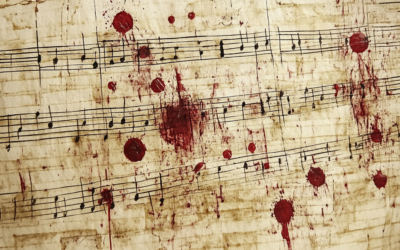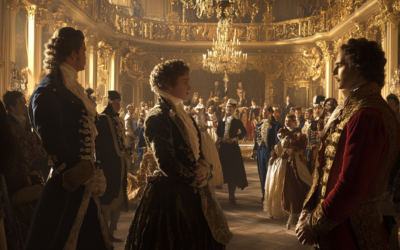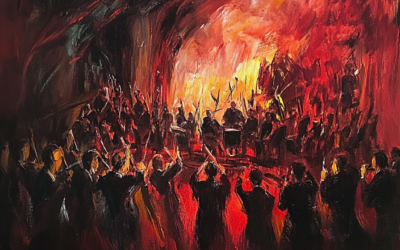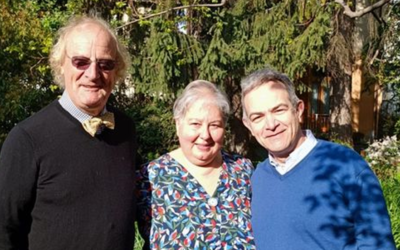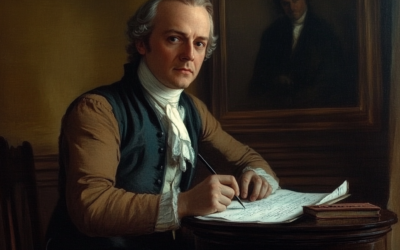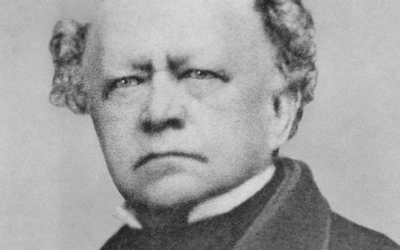Wolfgang Amadé Mozart
#1 The Hidden Truth of Mozart’s Education
@MozartrazoM
In this video, we uncover the hidden truth behind Wolfgang Amadeus Mozart’s early education and challenge the long-held belief in his effortless genius. While history often celebrates Mozart as a child prodigy, effortlessly composing music from a young age, the reality is far more complex.
Mozart’s father, Leopold, was a key figure in shaping not only his son’s musical development but also the public perception of his talent. Leopold, an ambitious yet frustrated musician, played an instrumental role in composing, transcribing, and promoting much of Wolfgang’s early music.
The works credited to young Mozart were, in fact, heavily guided or even written by Leopold. From manipulating Wolfgang’s age to enhancing his image as a prodigy, Leopold controlled his son’s rise to fame. We’ll explore key examples, such as the Minuet K.6, often believed to be one of Wolfgang’s first compositions, which was largely reworked by Leopold.
We’ll also discuss how Leopold’s ambition and control crafted the myth of Wolfgang as a child genius. Was Mozart’s talent truly his own, or was it carefully constructed by his father?
Join us as we delve into the untold story of Mozart’s education and the significant influence of Leopold on his son’s career. If you’re interested in challenging traditional narratives about Mozart and classical music history, this video is for you.
Don’t forget to like, comment, and subscribe to our channel for more videos on the real story behind Mozart’s legacy!
You May Also Like
The London Pieces: Mozart or Make-Believe?
The London pieces, edited for modern tastes, lose their authenticity. Only the uncorrected originals show Mozart’s true early voice—naïve yet authentic.
The Myth of the “Viennese Classics”: Mozart’s True Heritage and the Empire’s Agenda
Mozart wasn’t the quintessential Viennese; rather, he was shaped by German heritage and an opportunistic empire that controlled music as fiercely as it did its people.
The Nationalistic Roots of the Philharmonic Legacy
Under Goebbels, the Berliner Philharmoniker became an instrument of Nazi propaganda, framing German composers as the supreme guardians of musical heritage.
Australian Scholars Confirm Our Findings on Mozart’s Forged Catalogue
Professor Martin Jarvis of Darwin University confirmed our long-held findings that Mozart’s personal catalogue is a forgery, during his recent lecture The Mozart Scam. Forensic analysis continues to unravel the myths surrounding Mozart’s legacy.
The Italian Journey
The Mozarts’ Italian journey of 1769 was not a leisurely Grand Tour but a strategic mission driven by ambition, navigating the treacherous roads of 18th-century Europe in pursuit of fame and fortune.
Mozart’s Music or Marketing Strategy?
Despite Köchel’s best intentions, his catalogue of Mozart’s works became a commercial tool, filled with questionable pieces added by publishers keen on profit rather than accuracy.


